Home>Garden Essentials>How To Add Infill To Turf
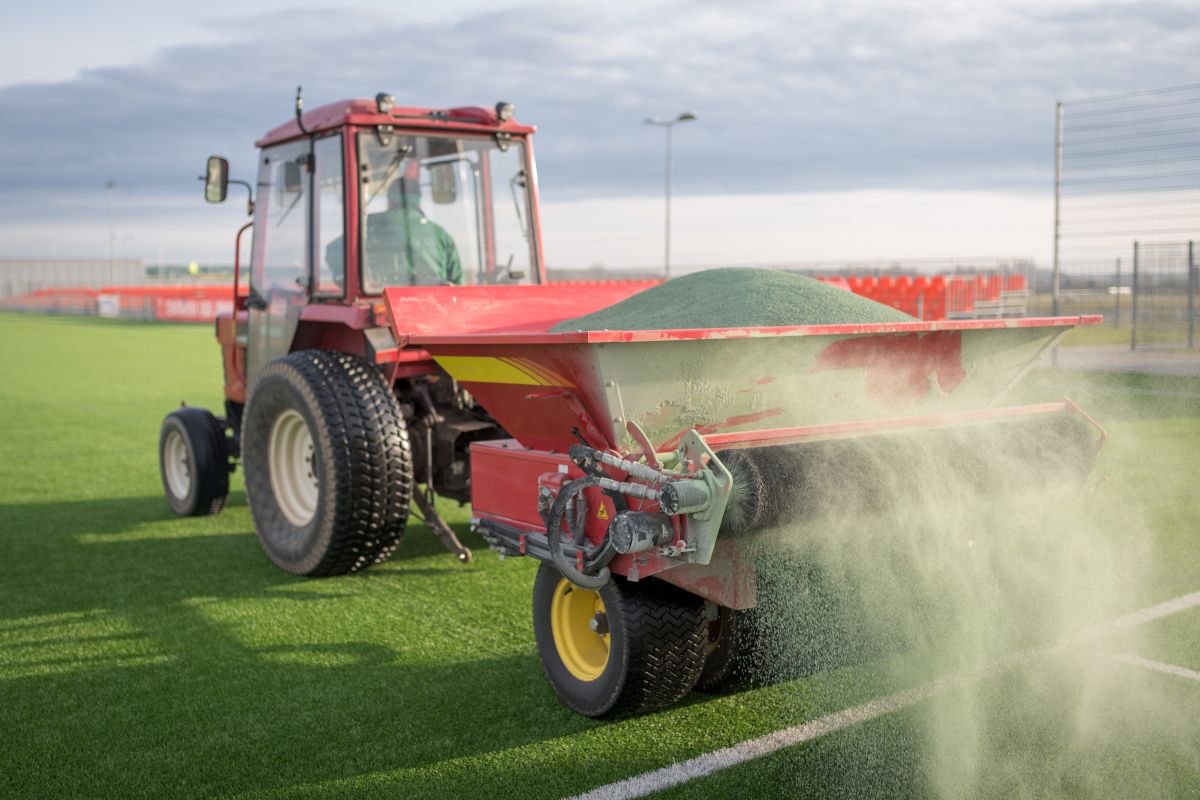

Garden Essentials
How To Add Infill To Turf
Modified: October 20, 2024
Discover the easy steps to add infill to your turf in the garden. Improve the look and durability of your artificial grass with our helpful tips and tricks.
(Many of the links in this article redirect to a specific reviewed product. Your purchase of these products through affiliate links helps to generate commission for Storables.com, at no extra cost. Learn more)
Introduction
Welcome to the world of vibrant and lush gardens! Having a beautiful garden is a dream for many homeowners, and it requires a combination of skills, knowledge, and care to make it thrive. One crucial aspect of maintaining a gorgeous garden is ensuring that your turf remains healthy. And that’s where infill comes into play.
But what exactly is infill? In simple terms, infill is a material that is added to the turf to provide stability, support, and naturalistic characteristics. It acts as a foundation, giving your turf the resilience and durability it needs to withstand foot traffic, weather conditions, and the test of time.
When it comes to choosing the right infill material, there are a variety of options available, each with its own unique properties and benefits. From sand to rubber and organic materials, it’s important to consider factors such as the specific requirements of your turf, your local climate, and personal preferences.
In this comprehensive guide, we will walk you through the process of adding infill to your turf. We’ll discuss the different types of infill materials, how to choose the right one for your specific needs, and provide step-by-step instructions on how to add infill to your turf. So, let’s dive in and get your garden looking its best!
Key Takeaways:
- Choose the right infill material based on your turf’s use, climate, and maintenance needs. Consult professionals for expert advice to ensure optimal performance and longevity.
- Maintain infilled turf by regular brushing, grooming, and cleaning. Keep an eye out for wear and tear, control weeds, and ensure proper drainage for a lush and vibrant outdoor space.
Read more: What Is Zeolite Turf Infill
What is infill and why is it important?
Infill is an integral part of any turf installation, providing crucial benefits that contribute to the overall performance and longevity of your turf. It is the material that is added on top of the turf fibers to provide stability, support, and a realistic look and feel.
One of the primary functions of infill is to enhance the durability and resilience of the turf. It helps to compact the turf fibers, preventing them from matting down and maintaining their upright position. This is especially important in high-traffic areas where the turf is subjected to frequent use, such as sports fields or play areas.
Infill also plays a crucial role in shock absorption. It provides a cushioning effect, reducing the impact on joints and muscles, making it a safer surface for activities. This is particularly important in sports like football or soccer, where players perform high-impact movements and are at a greater risk of injury.
Additionally, infill helps to regulate the temperature of the turf. In hot climates, certain types of infill materials can prevent the turf from getting excessively hot, making it more comfortable for both humans and pets. In colder regions, infill can provide insulation, helping to maintain the turf’s temperature and preventing freezing.
Another benefit of infill is its ability to improve the overall look and aesthetics of the turf. Different types of infill materials, such as colored sand or rubber, can give the turf a more natural and vibrant appearance. This is especially beneficial for residential lawns and commercial landscapes, where appearance plays a significant role in creating an inviting and visually appealing outdoor space.
Infill also contributes to the drainage system of the turf. It helps to prevent the accumulation of water on the surface, allowing for faster and more efficient drainage. This is crucial in areas that receive heavy rainfall or have poor soil drainage, as it prevents the turf from becoming waterlogged and helps to maintain its integrity.
Overall, infill is a key component in ensuring the longevity, durability, and performance of your turf. It not only provides stability and support but also enhances safety, aesthetics, and comfort. By choosing the right infill material and properly adding it to your turf, you can create a beautiful and functional outdoor space that will withstand the test of time.
Different types of infill materials
There are several types of infill materials available, each with its own unique characteristics and benefits. The choice of infill material depends on various factors, including the intended use of the turf, local climate, and personal preferences. Here are some of the most common types of infill materials:
- Sand: Sand is one of the most widely used and cost-effective infill materials. It provides stability and support to the turf while allowing for proper drainage. The grain size of the sand can vary, with finer sand providing a smoother surface and coarser sand providing better drainage. Sand infill is suitable for a wide range of applications, including residential lawns, sports fields, and playgrounds.
- Rubber: Rubber infill, typically made from recycled materials, is popular for its shock-absorbing properties. It is often used in sports fields and play areas to reduce the risk of injuries from falls. Rubber infill is available in various forms, including crumb rubber and rubber granules. It provides excellent cushioning and resilience, making it ideal for high-impact activities.
- Organic materials: Organic infill materials, such as cork or coconut husk, offer a natural and environmentally friendly option. These materials provide cushioning, drainage, and temperature regulation properties. Organic infill is often preferred for its sustainability and ability to blend seamlessly with natural landscapes.
- Hybrid infills: Hybrid infills combine different materials to offer a balance of properties. For example, a mixture of sand and rubber provides the benefits of both materials, including stability, shock absorption, and natural aesthetics. Hybrid infills can be custom-tailored to meet specific requirements and offer a versatile option for a variety of turf installations.
- Acrylic-coated sand: Acrylic-coated sand infill is a popular choice for synthetic turf installations. The sand particles are coated with a thin layer of acrylic, making them resistant to clumping and improving their durability. This type of infill provides excellent stability and prevents the turf from matting down, ensuring its longevity.
It’s important to consult with a professional or turf supplier to determine the most suitable infill material for your specific needs. Consider factors such as the intended use of the turf, maintenance requirements, local climate conditions, and budget constraints. By selecting the right infill material, you can ensure optimal performance and longevity of your turf while creating a safe and visually appealing outdoor space.
Choosing the right infill material for your turf
Choosing the right infill material for your turf is crucial to ensure its performance, durability, and overall appearance. With various options available, it’s important to consider several factors to make an informed decision. Here are some key considerations when choosing the right infill material for your turf:
Intended Use: Determine how the turf will be utilized. Is it for a residential lawn, a sports field, or a playground? Different infill materials have varying properties that cater to specific needs. For example, rubber infill is ideal for sports fields as it offers excellent shock absorption, while sand infill may be suitable for residential lawns where aesthetics and drainage are important.
Climate: Consider the local climate conditions in your area. Is it hot and sunny or cold and prone to freezing temperatures? The climate can impact the performance of the infill material. In hot climates, choosing an infill material that doesn’t retain heat excessively will make the turf more comfortable to walk on. In colder regions, an infill material that provides insulation and prevents freezing can help maintain the turf’s integrity.
Maintenance: Determine the level of maintenance you’re willing to commit to. Some infill materials require more maintenance than others. For example, organic infills may need replenishing and grooming periodically, while rubber or sand infills generally require less maintenance.
Budget: Consider your budget when choosing an infill material. Different materials have different costs, with some being more budget-friendly than others. However, it’s important to weigh the cost against the benefits and longevity of the infill material to make a wise investment.
Safety: If safety is a concern, prioritize infill materials that provide shock absorption and reduce injuries from falls. Rubber infill, for instance, is widely used in play areas to cushion falls and minimize the risk of serious injuries.
Aesthetics: The visual appeal of your turf is important, especially for residential lawns or commercial landscapes. Consider infill materials that enhance the natural look of the turf, such as colored sand or organic infills. The right infill material can give your turf a vibrant and realistic appearance.
It’s recommended to consult with a turf professional or supplier to discuss your specific needs and gather expert advice. They can provide valuable insights and help you choose the most suitable infill material for your turf. By considering factors such as the intended use, climate, maintenance requirements, budget, safety, and aesthetics, you can select an infill material that will optimize the performance and longevity of your turf.
Use a drop spreader to evenly distribute infill material over the turf. Start with a light layer and gradually add more until the desired depth is reached. Brush or rake the infill into the turf for even coverage.
Tools and materials needed to add infill to turf
Before you begin adding infill to your turf, it’s essential to gather the necessary tools and materials. Having the right equipment will ensure a smooth and efficient process. Here are the tools and materials you’ll need:
- Infill material: Depending on your choice of infill material, such as sand, rubber, or organic infills, make sure you have ample amounts to cover the desired area. Calculate the amount needed based on the recommended depth for your specific infill material.
- Spreader: A spreader is a tool used to evenly distribute the infill over the turf surface. There are different types of spreaders available, such as drop spreaders and rotary spreaders. Choose the appropriate spreader based on the size of the area you’re working on.
- Rake: A rake is necessary to spread and level the infill material evenly. Use a sturdy rake with firm tines to ensure an even distribution and to prevent clumping or uneven surfaces.
- Broom or brush: A broom or brush is useful for brushing the infill material into the turf fibers. This process ensures that the infill settles properly and blends well with the turf, providing a more natural and uniform appearance.
- Watering can or hose: Depending on the infill material being used, you may need a watering can or hose to lightly water the infill after it’s been spread. This helps to settle the infill and ensures proper integration with the turf fibers.
- Wheelbarrow or buckets: If you’re working with a larger area or need to transport the infill material, a wheelbarrow or buckets will be helpful. They make it easier to move and distribute the infill material, saving time and effort.
- Gloves: Wearing gloves is advisable to protect your hands while handling the infill material. Some infill materials, such as rubber or sand, can be abrasive or contain chemical additives. Gloves provide an extra layer of protection and help ensure your safety.
- Protective goggles: If you’re working with infill materials that are dusty or have small particles, it’s important to wear protective goggles to shield your eyes from any debris.
Having these tools and materials ready will make the process of adding infill to your turf more efficient and ensure a successful outcome. Before you start, double-check that you have all the necessary items nearby. This will help you avoid any interruptions and allow you to focus on getting your turf looking its best!
Read more: How To Add Infill In Rhino
Step-by-step guide to adding infill to turf
Adding infill to your turf is a straightforward process that can be easily done with a few simple steps. Follow this step-by-step guide to ensure a successful and professional-looking result:
- Prepare the turf: Ensure that the turf is clean and free of any debris or obstacles. Remove any twigs, leaves, or other objects that may hinder the infill distribution. It’s also a good idea to brush or rake the turf to ensure the fibers are standing upright.
- Spread the infill material: Using a spreader, evenly distribute the infill material over the surface of the turf. Start at one corner and move in a systematic manner to cover the entire area. Be mindful of the recommended depth for the specific infill material you’re using, as it may vary.
- Rake and level the infill: Once the infill material is spread, use a rake to evenly distribute and level the material across the turf. This will help ensure a uniform depth and prevent clumping. Take your time and gently rake the infill to avoid damaging the turf fibers.
- Brush in the infill: Use a broom or brush to push the infill material into the turf fibers. This helps the infill settle and integrate with the turf, giving it a more natural and realistic appearance. Brush in different directions to ensure thorough coverage and proper blending.
- Water the infill: Depending on the infill material, lightly water the turf to help settle the infill. This is especially important for materials like sand. Use a watering can or hose with a gentle spray setting. Avoid soaking the turf, as excessive water can cause the infill to clump or float away.
- Inspect and adjust: Once the infill has settled and dried, inspect the turf for any uneven areas or sparse infill spots. If needed, add more infill material to achieve the desired depth and coverage. Use a rake or brush to level it out and ensure consistency across the entire turf surface.
- Dispose of excess material: After you’ve finished adding the infill, clean up any excess material that may have spilled onto surrounding surfaces. Collect it in a wheelbarrow or bucket for proper disposal or reuse.
Following these steps will help you achieve a well-distributed and visually appealing infill on your turf. It’s important to take your time and pay attention to detail, ensuring a professional-looking result that enhances the performance and durability of your turf.
Tips for maintaining and caring for infilled turf
Once you have added infill to your turf, it’s important to maintain and care for it properly to ensure its longevity and performance. Here are some helpful tips for maintaining and caring for infilled turf:
- Regular brushing: Regularly brush the turf to keep the infill evenly distributed and to prevent matting. Use a stiff-bristled brush or broom to gently sweep the turf in different directions. This will help maintain the natural appearance of the turf and prevent the infill from settling in specific areas.
- Grooming: Depending on the type of infill material used, periodic grooming may be required to keep the turf looking its best. Rubber infill, for example, may need occasional grooming to fluff up the fibers and maintain optimal performance.
- Keep it clean: Regularly remove any debris or dirt that may accumulate on the turf surface. Use a leaf blower or a light rinse with water to remove loose particles. This will help maintain the aesthetic appeal of your turf and prevent buildup that can affect drainage and performance.
- Address compacted areas: Over time, certain areas of the infill may become compacted due to heavy foot traffic or other factors. If you notice compacted areas, simply use a rake or brush to fluff up the infill and restore its proper density.
- Inspect for wear and tear: Regularly inspect your infilled turf for signs of wear and tear, such as thinning or damaged areas. Address any issues promptly by adding more infill or repairing damaged sections to prevent further deterioration.
- Control weeds: Keep an eye out for any weed growth in your infilled turf. Remove weeds manually or use an appropriate herbicide to prevent them from spreading. Regularly check for weed growth to maintain the pristine appearance of your turf.
- Proper drainage: Ensure that your turf’s drainage system remains unobstructed. Clear any debris, leaves, or dirt that may accumulate in the drainage holes or channels. This will prevent water from pooling on the turf surface and maintain its functionality.
- Regular maintenance: Apart from infill-specific care, it’s essential to follow regular turf maintenance practices. This includes mowing the grass to the appropriate height, watering adequately, and addressing any pest or disease issues that may arise.
- Consult professionals: If you have any concerns or questions about the maintenance and care of your infilled turf, don’t hesitate to reach out to turf professionals or experts. They can provide valuable advice tailored to your specific turf type and infill material.
By following these tips and maintaining a consistent care routine, you can ensure that your infilled turf remains in optimal condition for years to come. With proper maintenance, your turf will continue to provide a lush and vibrant outdoor space for you to enjoy.
Conclusion
Adding infill to your turf is an essential step in maintaining its performance, durability, and overall appearance. Whether you have a residential lawn, sports field, or playground, infill provides stability, support, and a naturalistic look and feel to your turf. By carefully selecting the right infill material and following the proper steps for installation, you can ensure that your turf remains healthy, resilient, and visually appealing.
Throughout this guide, we have explored the importance of infill, the different types of infill materials available, and how to choose the right one for your specific needs. We have also provided a step-by-step guide on adding infill to your turf, along with tips for maintaining and caring for infilled turf.
Remember to consider factors such as the intended use of your turf, local climate conditions, maintenance requirements, and budget when choosing an infill material. Consulting with professionals or turf suppliers can provide valuable insights and guidance to help you make an informed decision.
Maintaining and caring for infilled turf involves regular brushing, grooming, cleaning, and periodic inspections for wear and tear. By staying on top of these routine maintenance tasks, you can prolong the lifespan of your turf and ensure its optimal performance.
Lastly, don’t forget to enjoy the beauty and benefits of your infilled turf. Whether it’s a perfectly manicured lawn or a resilient sports field, the right infill material will provide stability, safety, and an aesthetically pleasing outdoor space for you and your family to enjoy.
So, go ahead and add infill to your turf with confidence, knowing that you’ve taken the necessary steps to enhance its durability and visual appeal. Embrace the wonders of a healthy and vibrant garden, and let your infilled turf be the centerpiece of your outdoor oasis.
Frequently Asked Questions about How To Add Infill To Turf
Was this page helpful?
At Storables.com, we guarantee accurate and reliable information. Our content, validated by Expert Board Contributors, is crafted following stringent Editorial Policies. We're committed to providing you with well-researched, expert-backed insights for all your informational needs.
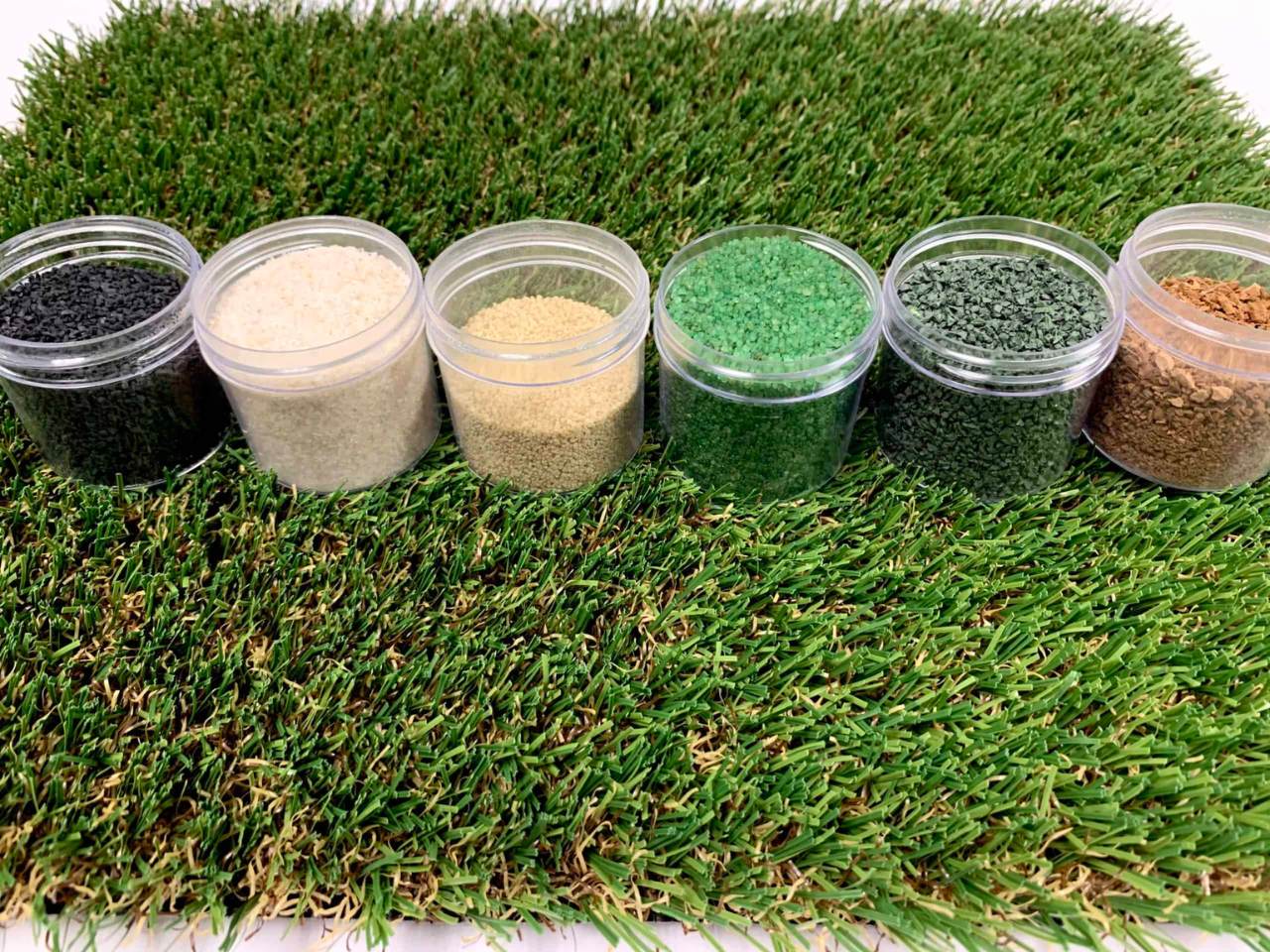

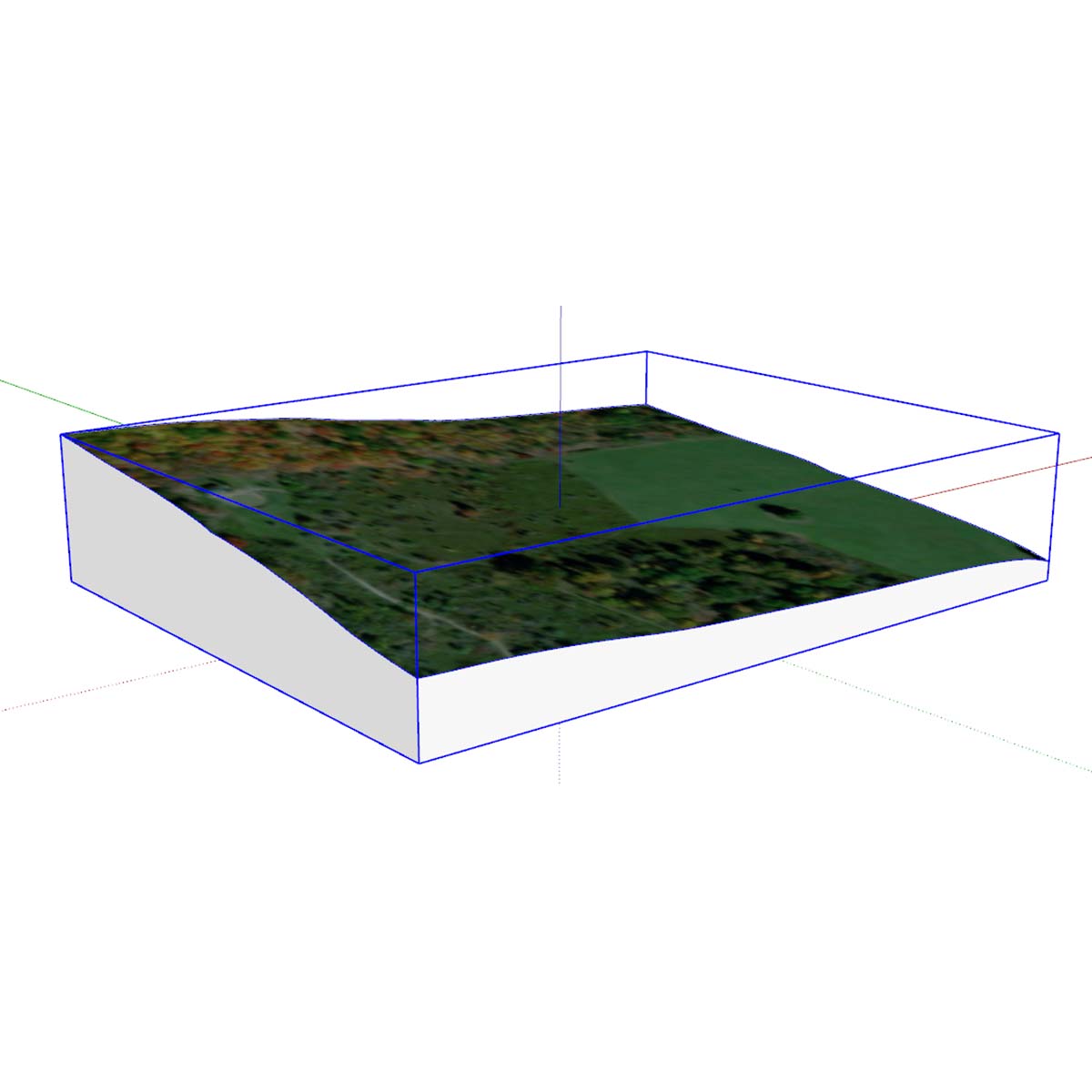
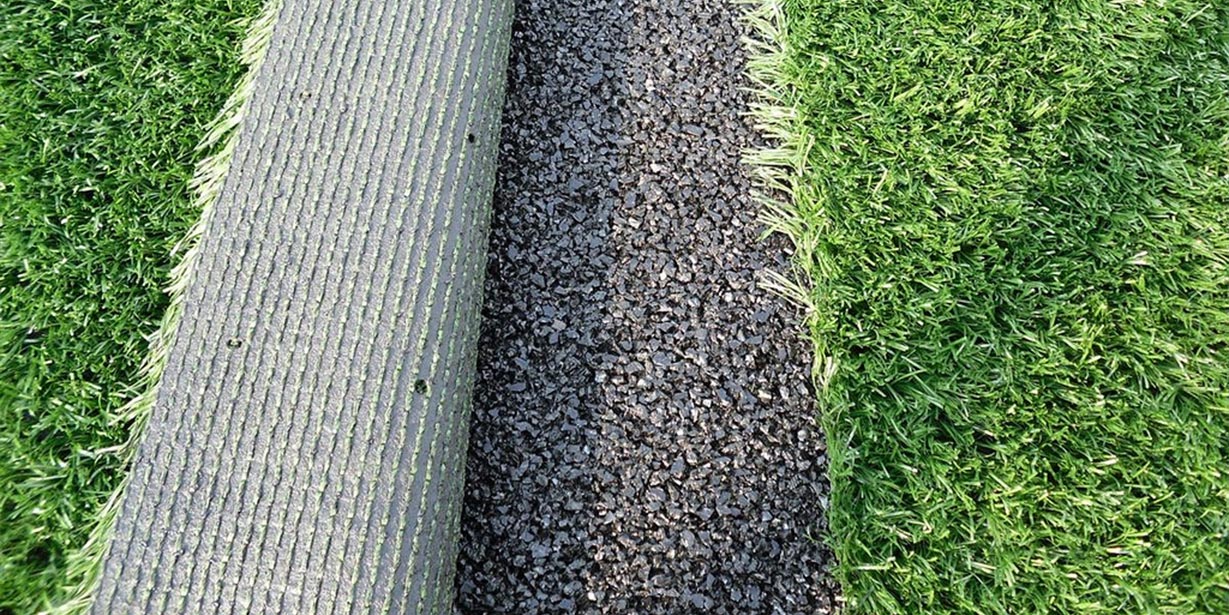
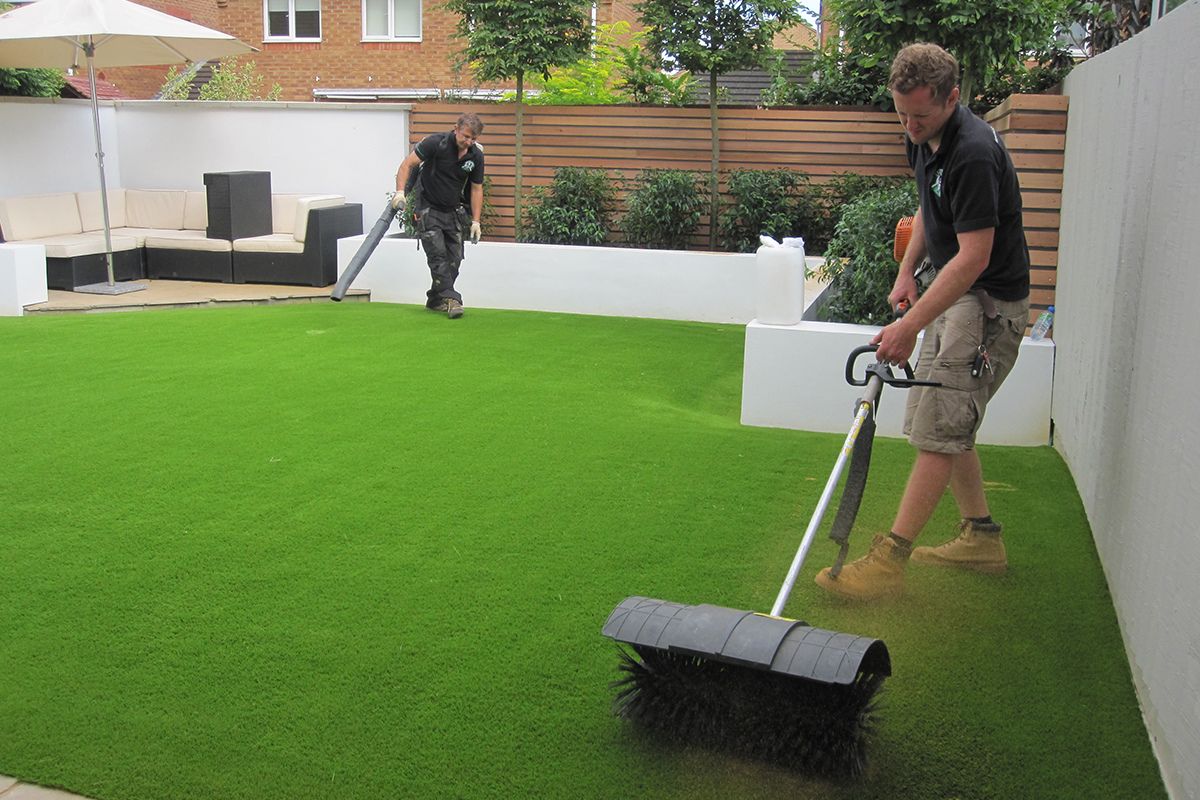

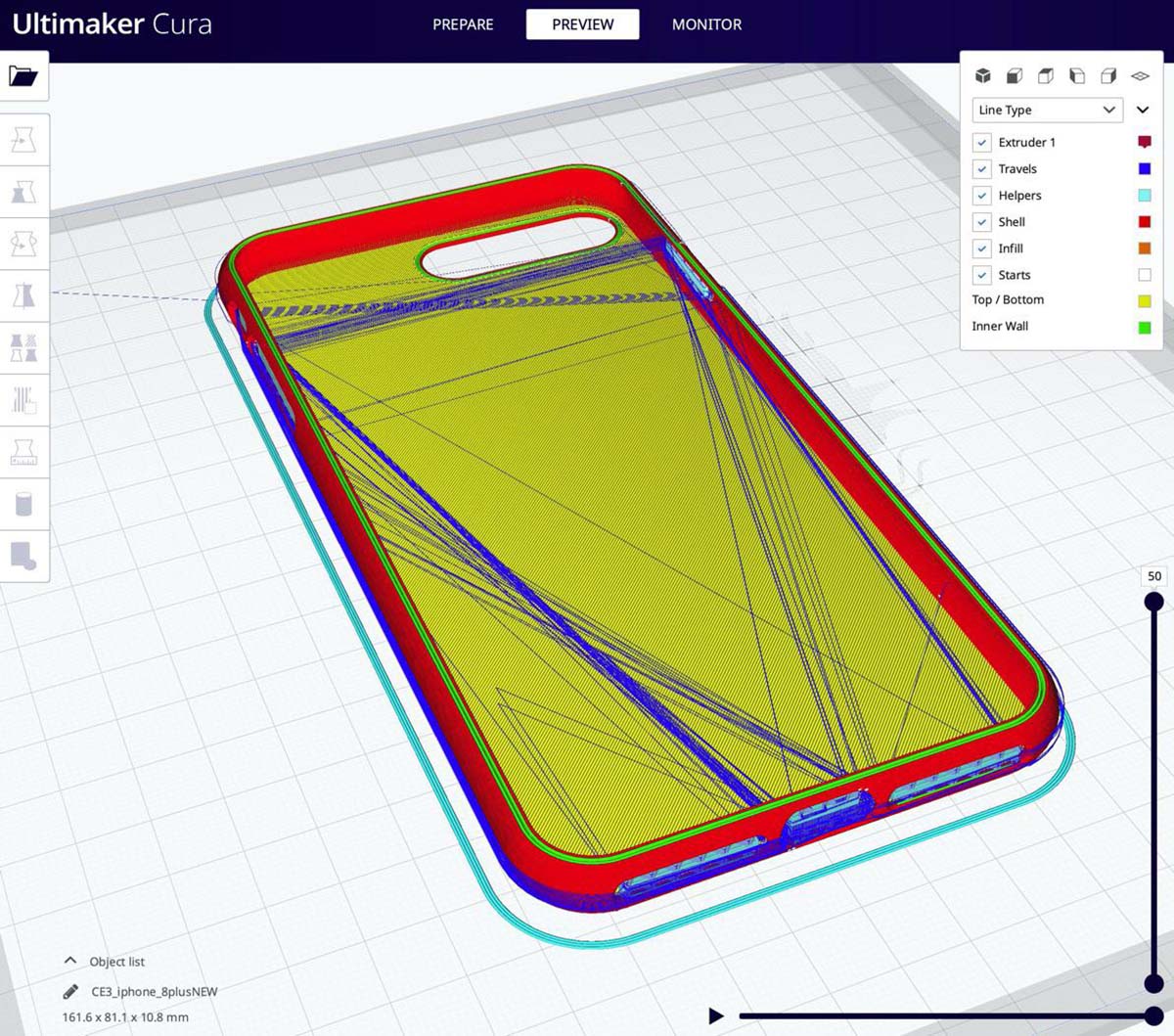
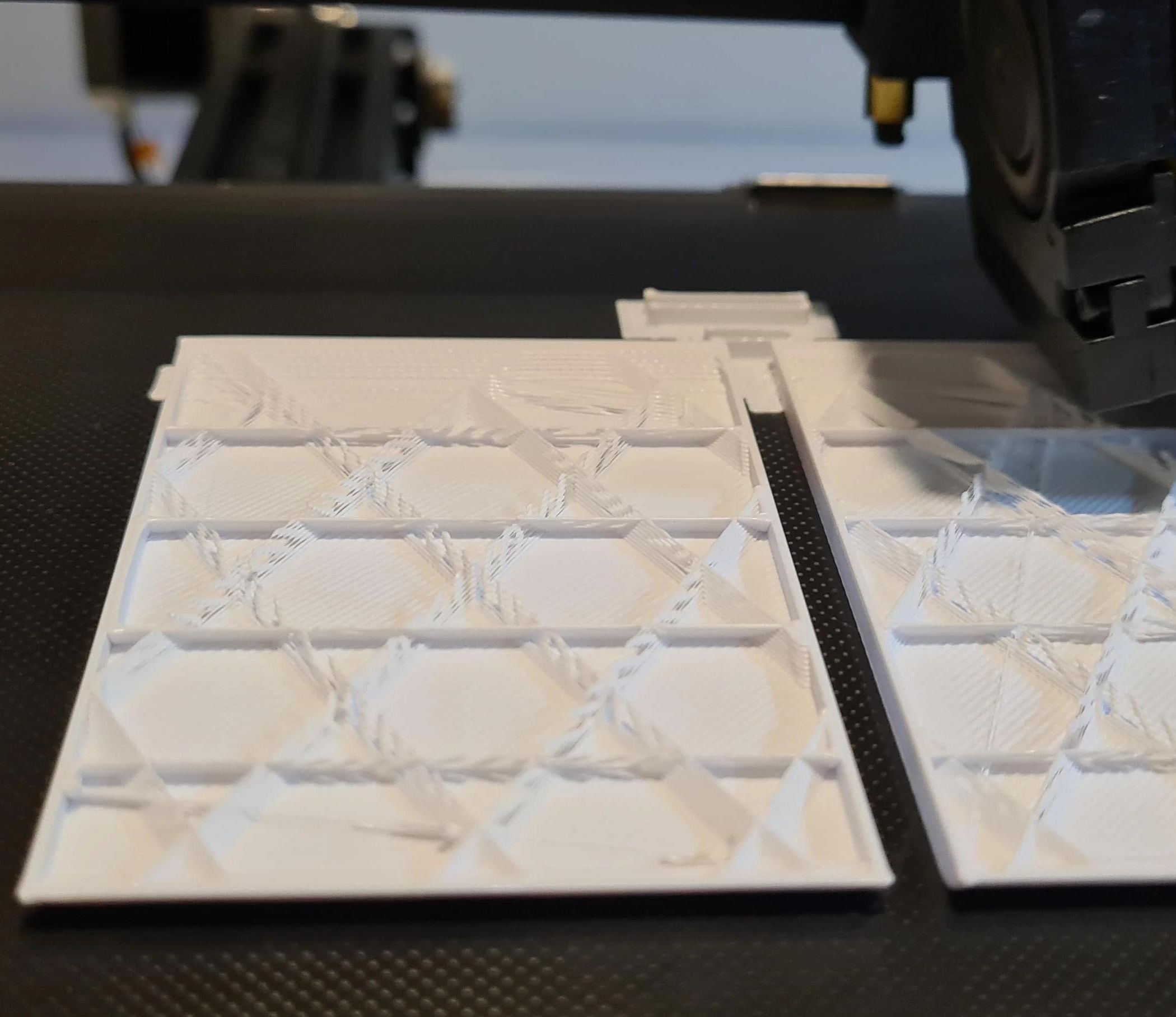
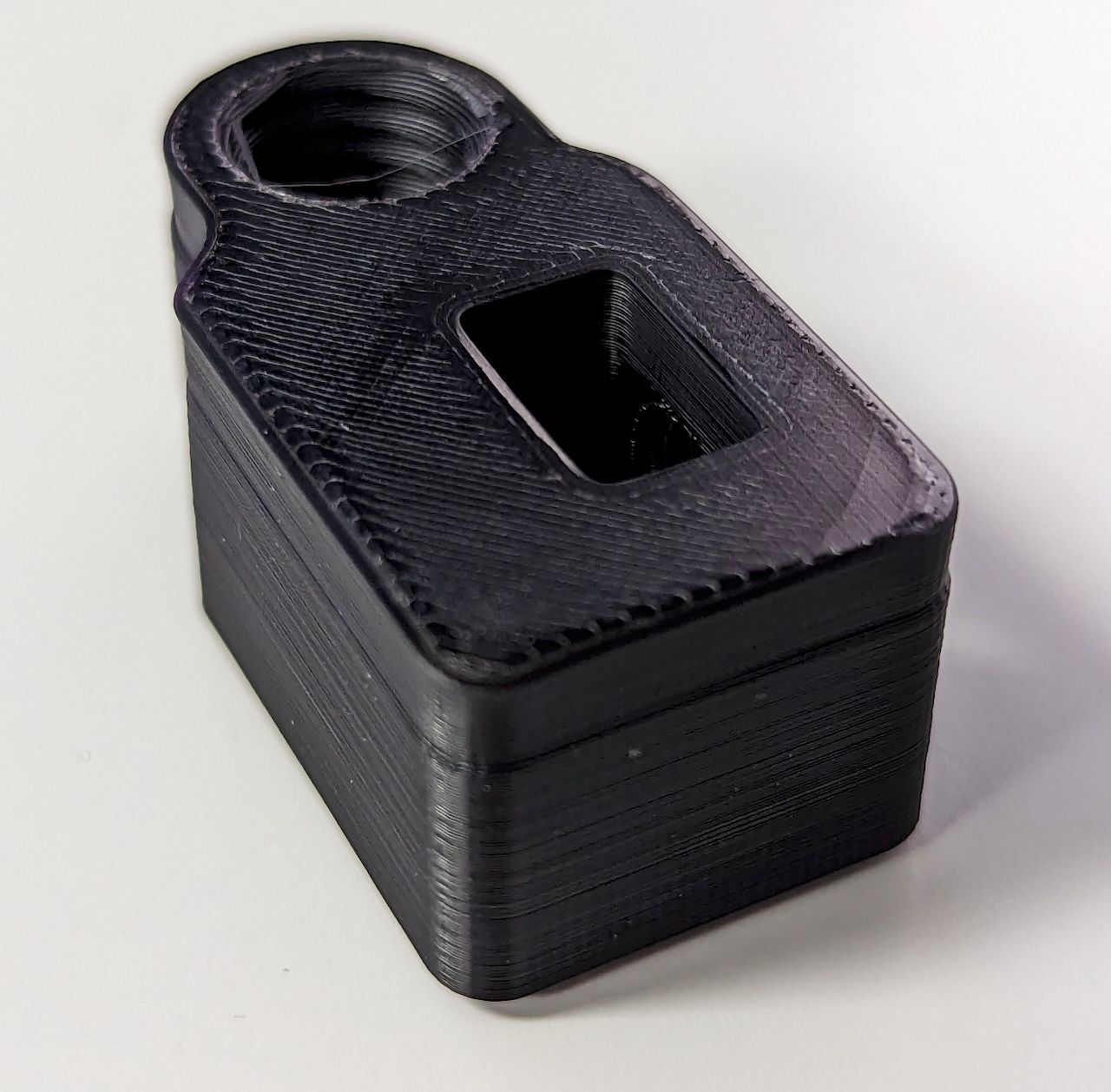

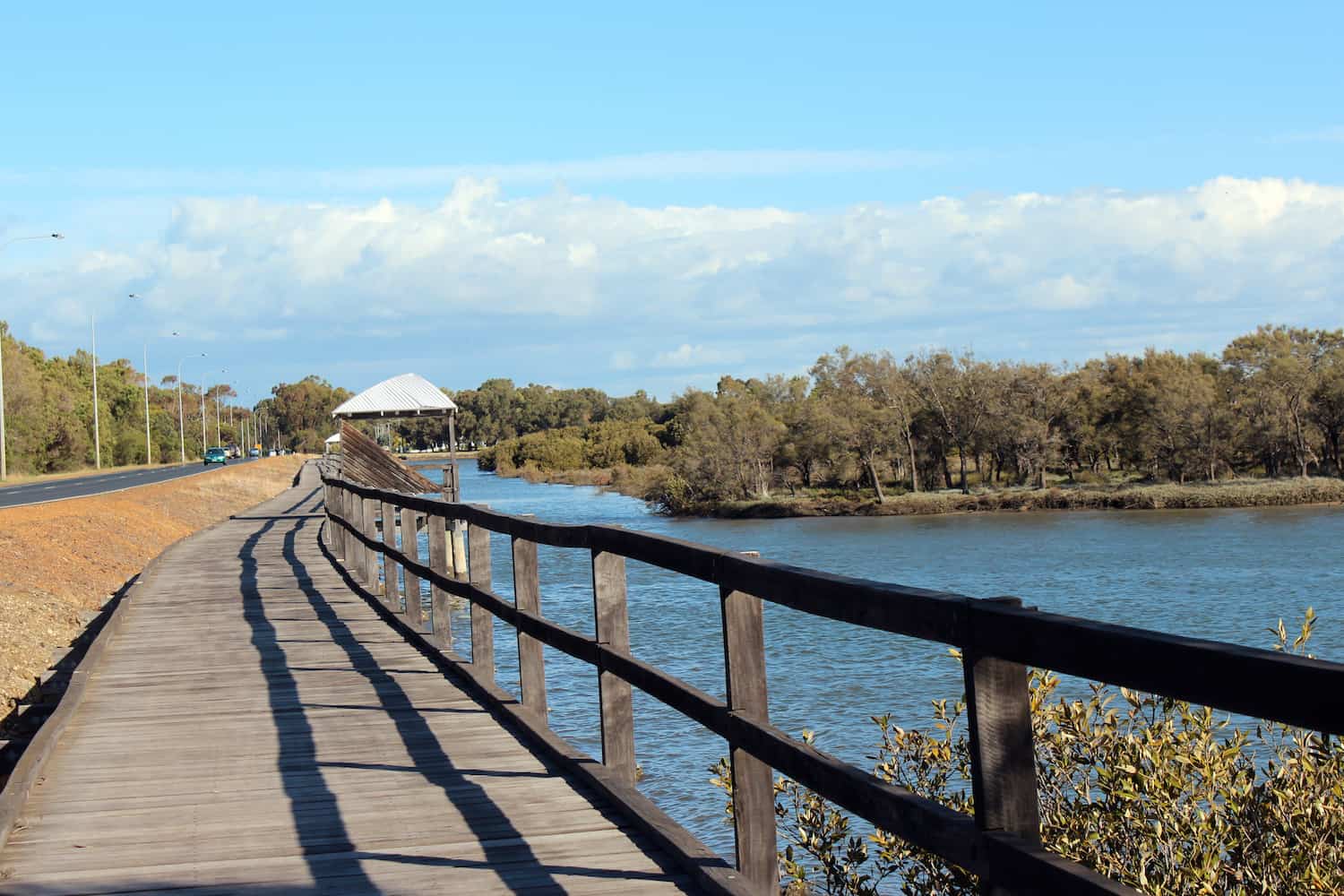
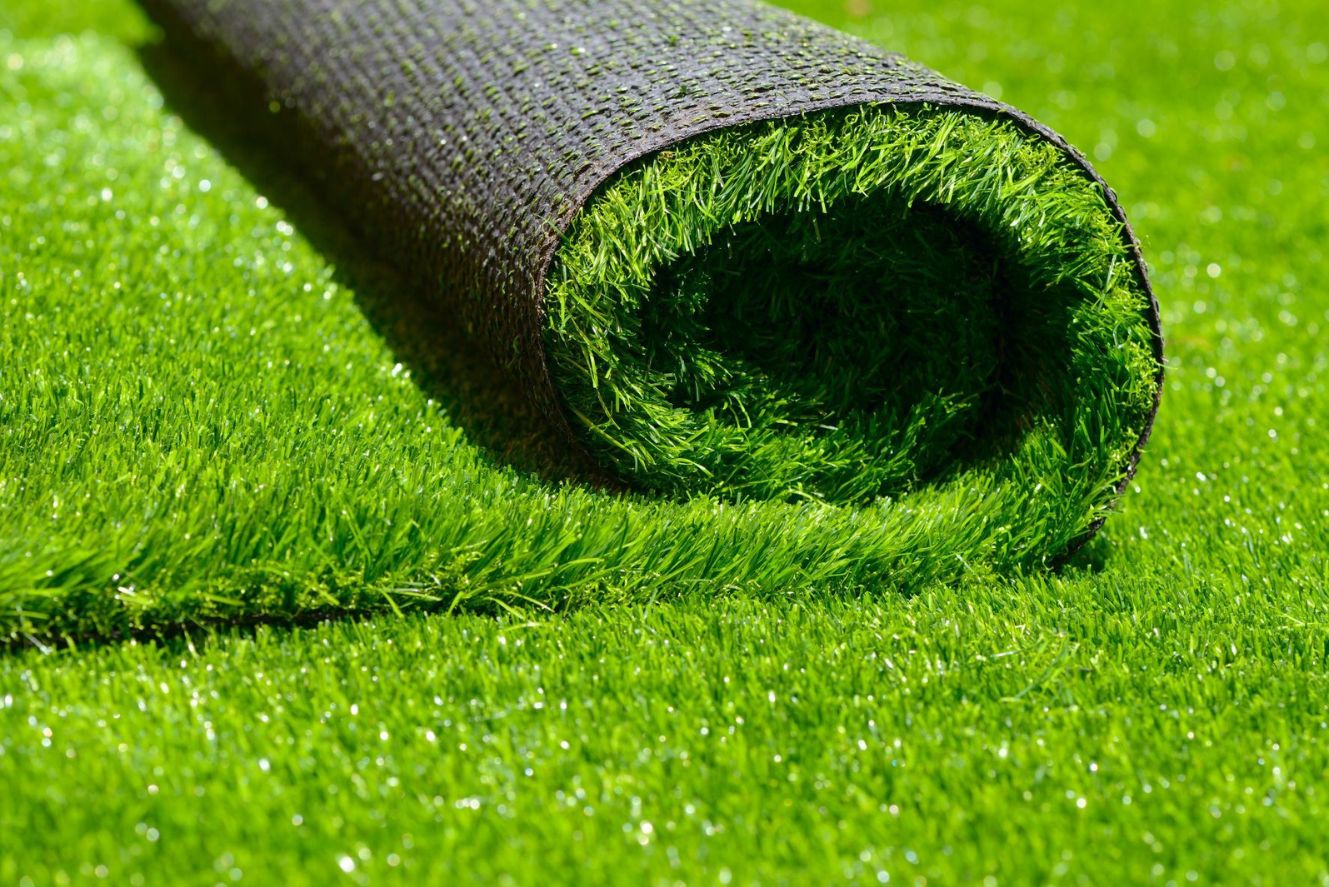
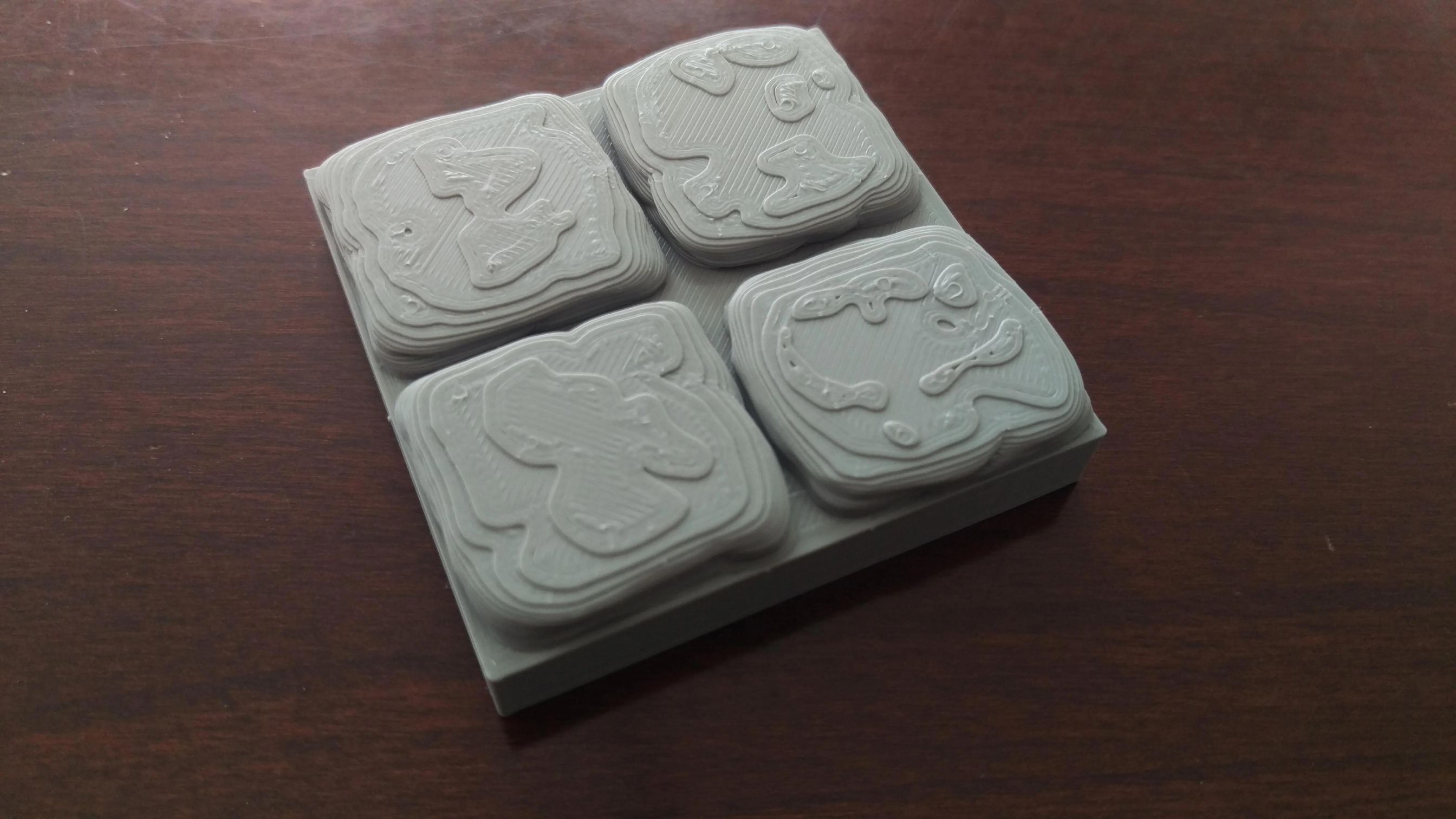


0 thoughts on “How To Add Infill To Turf”